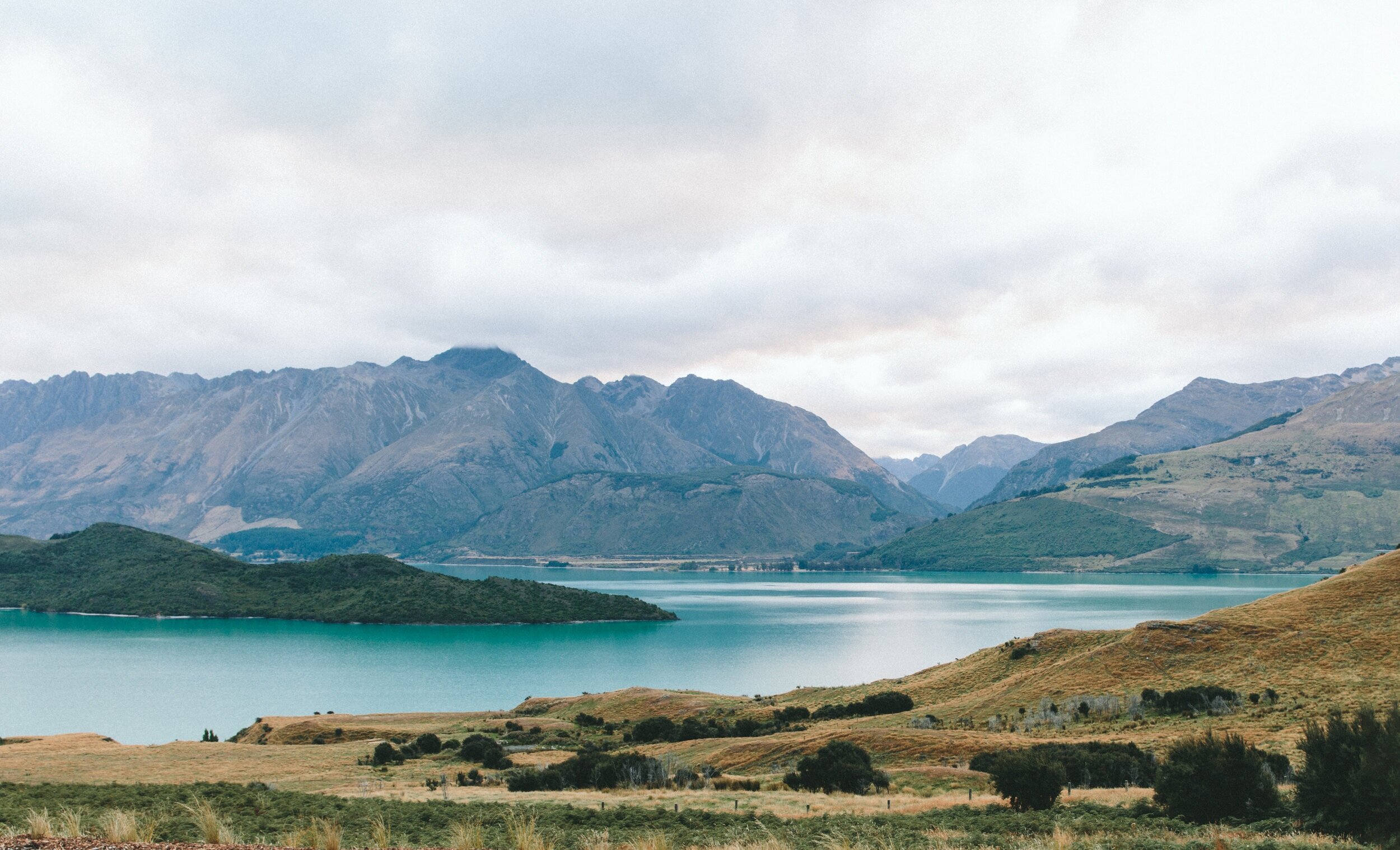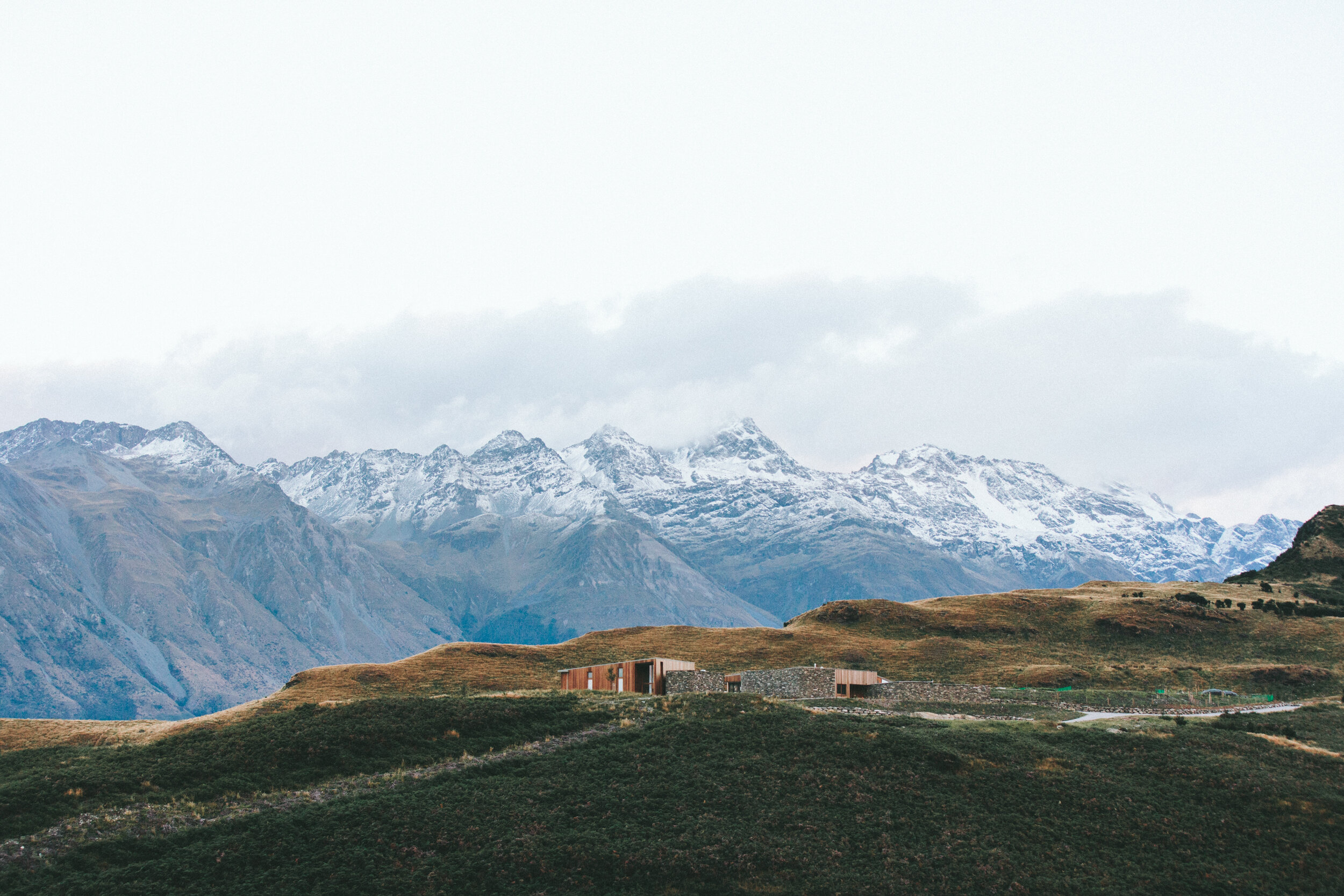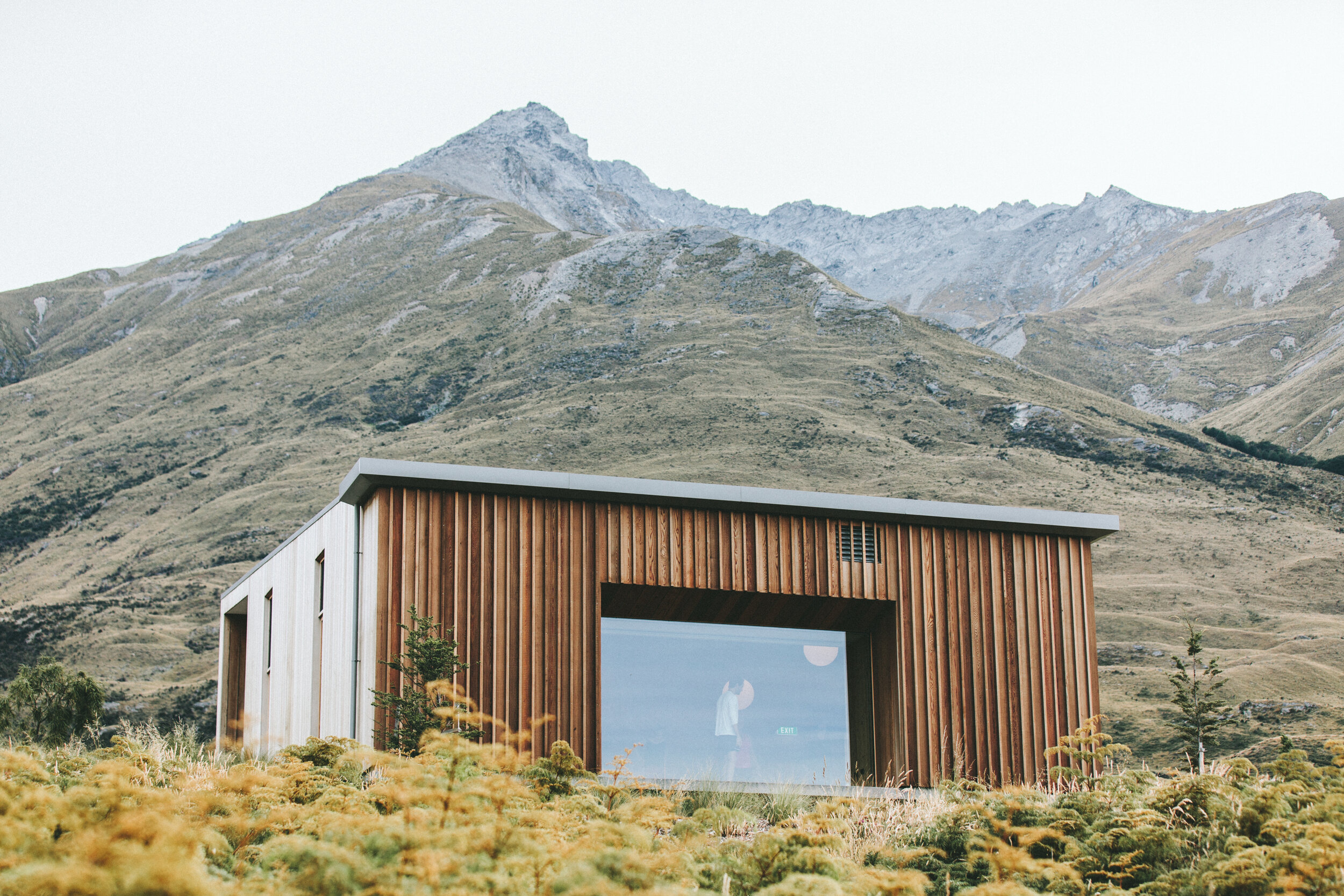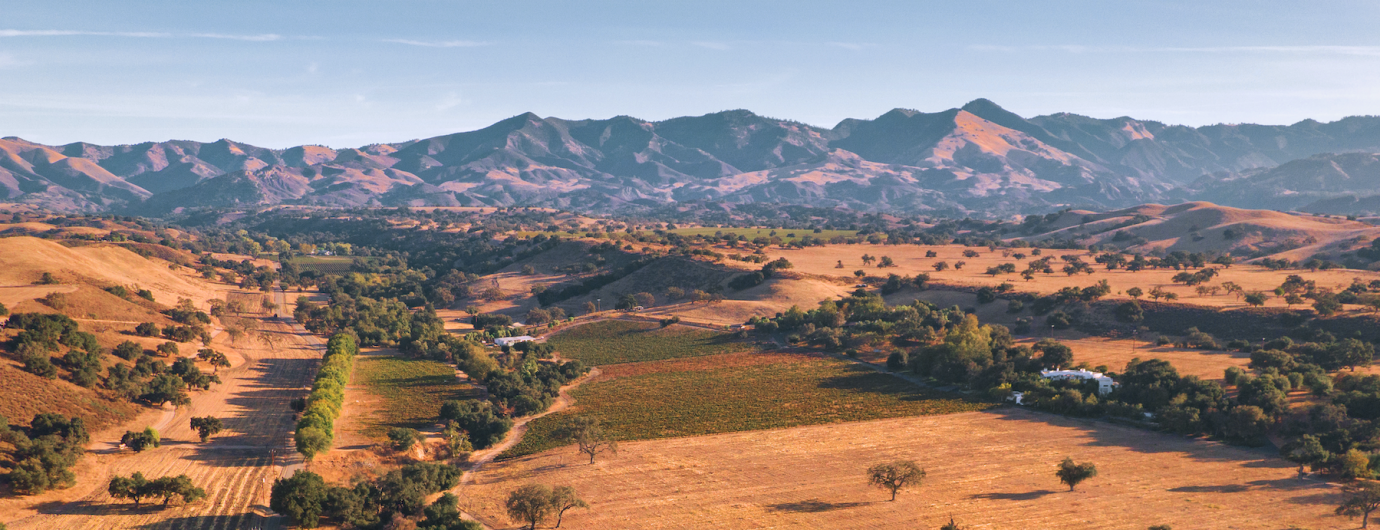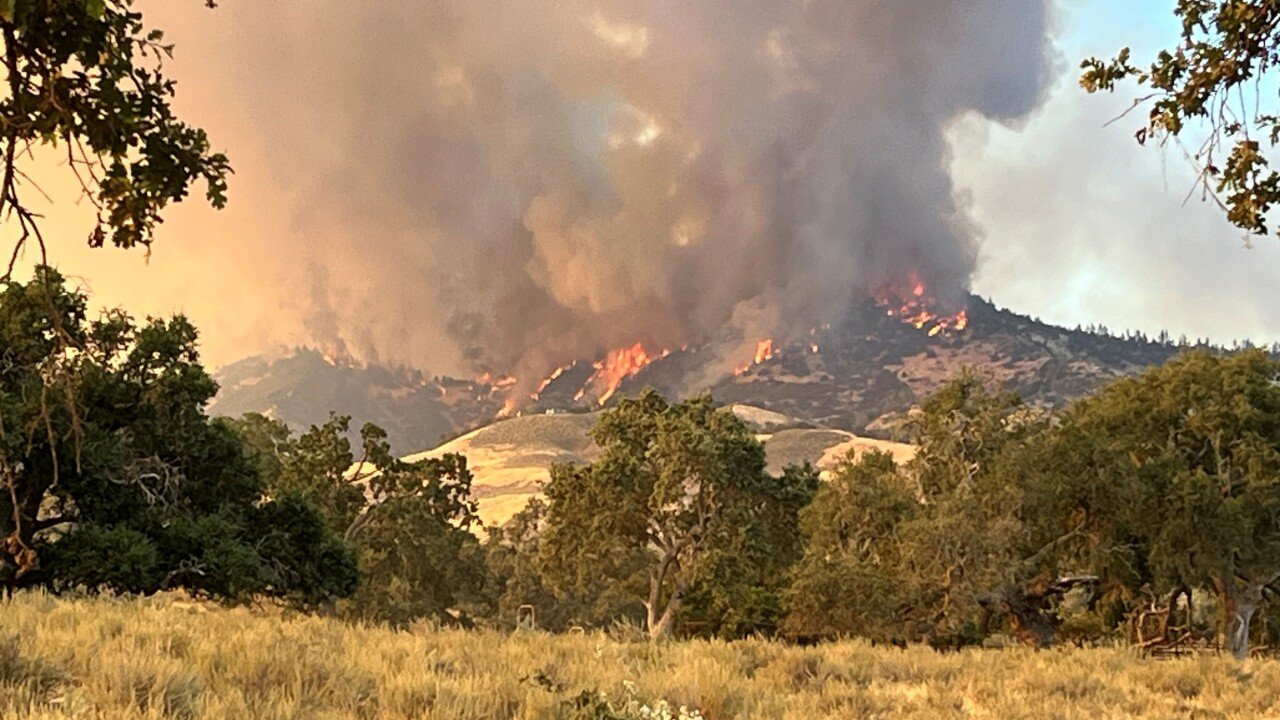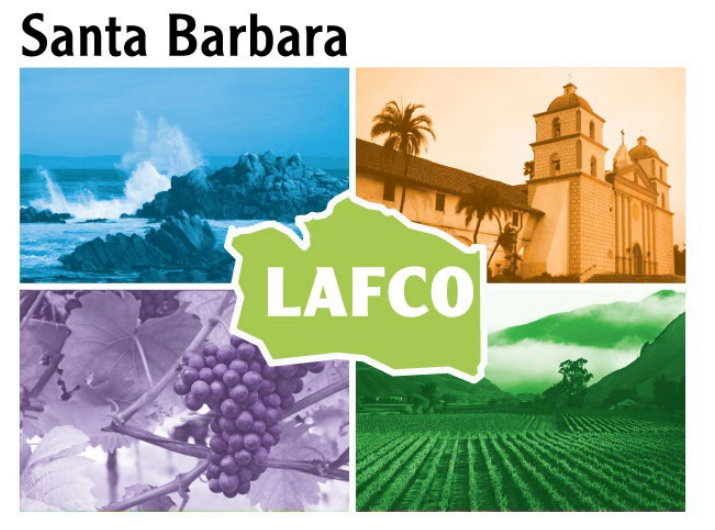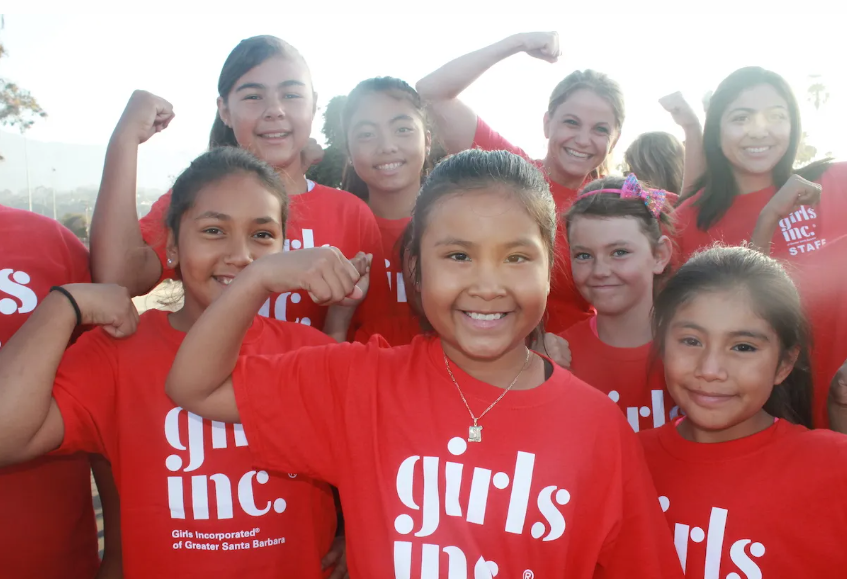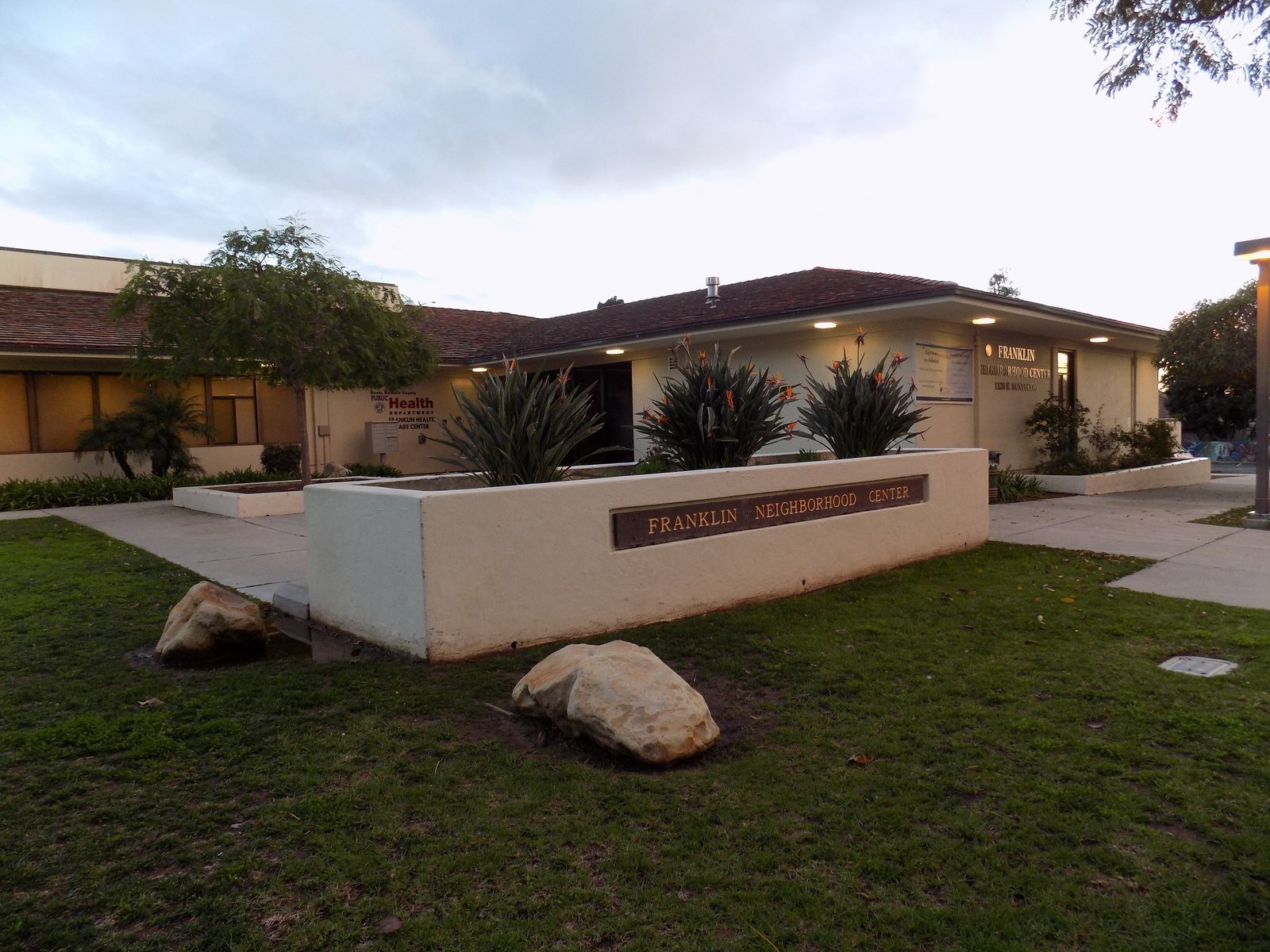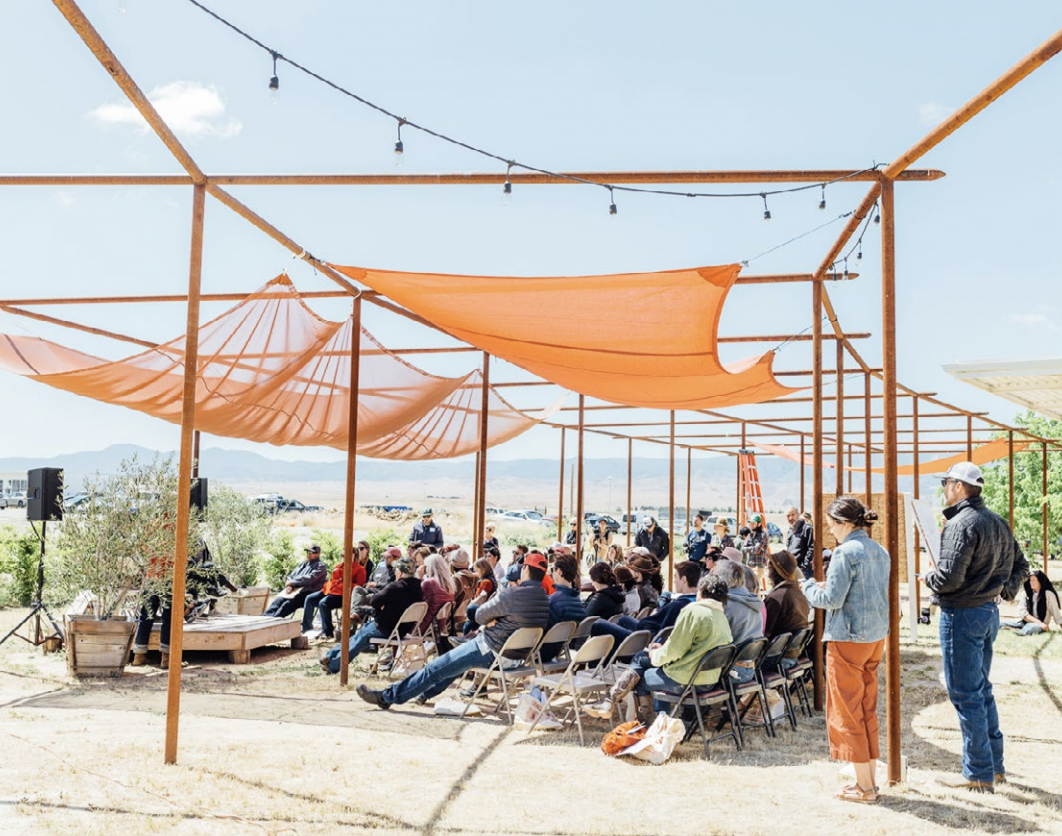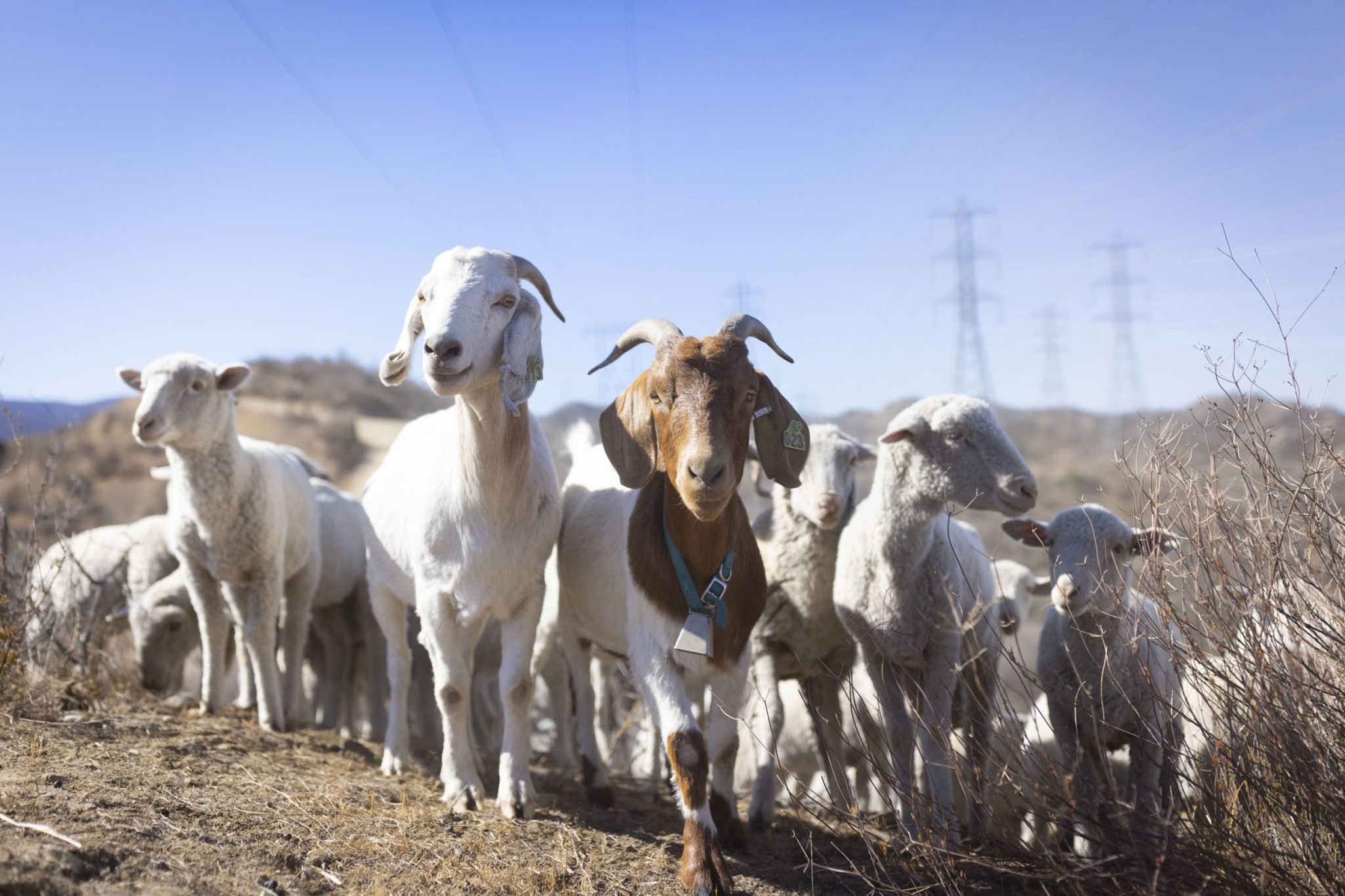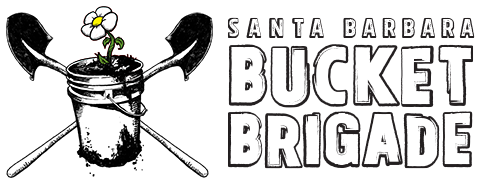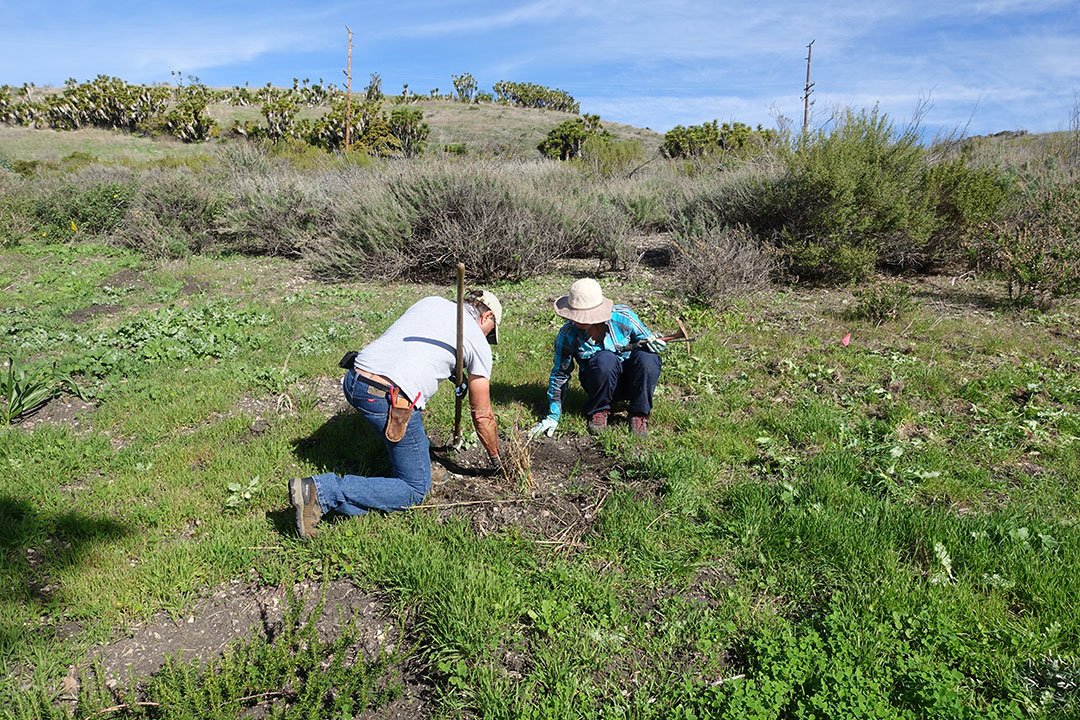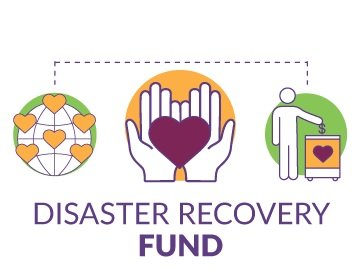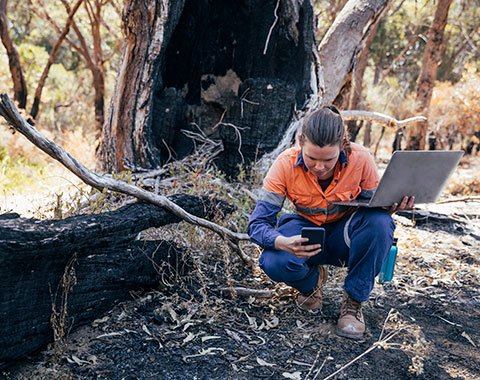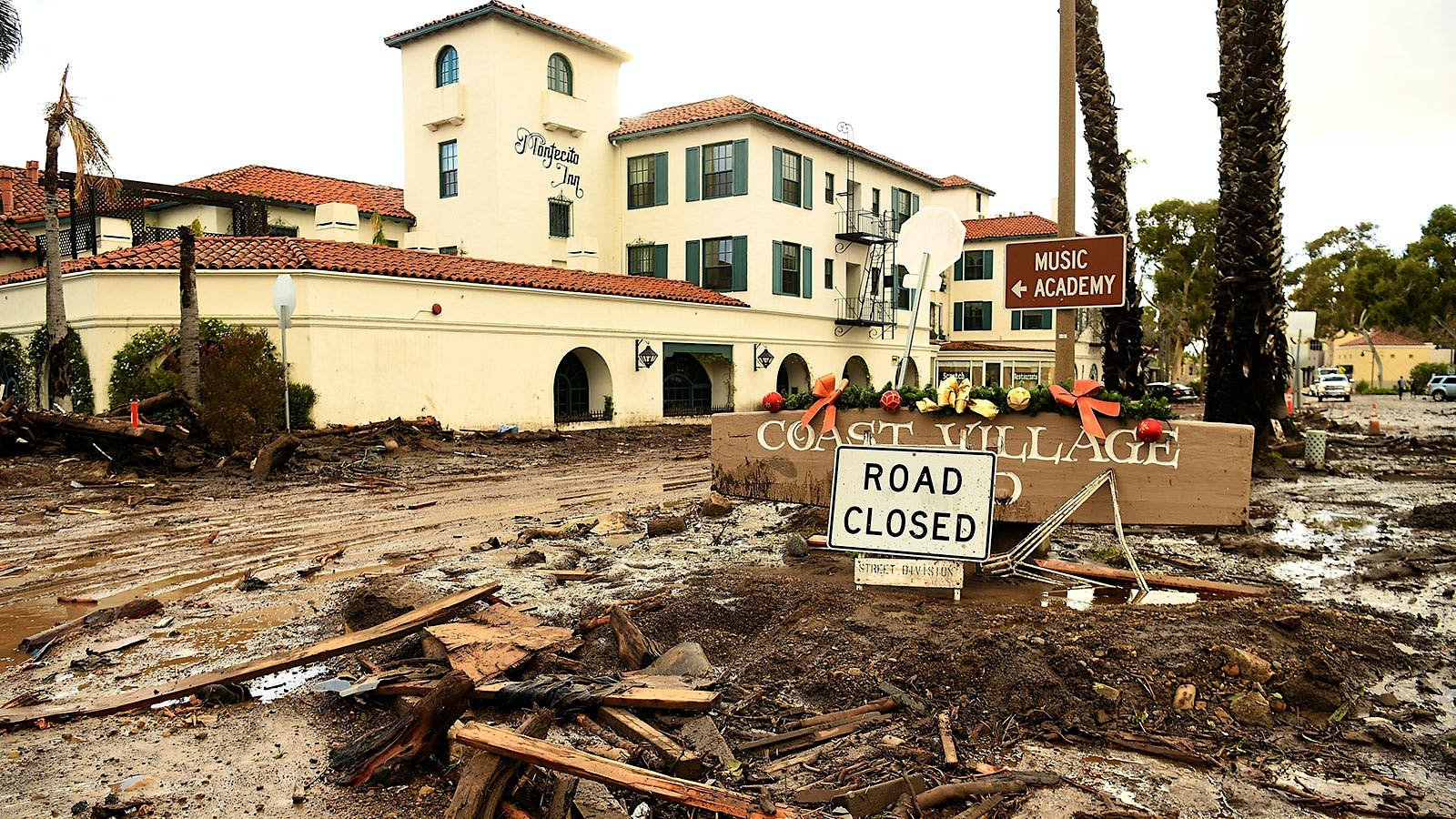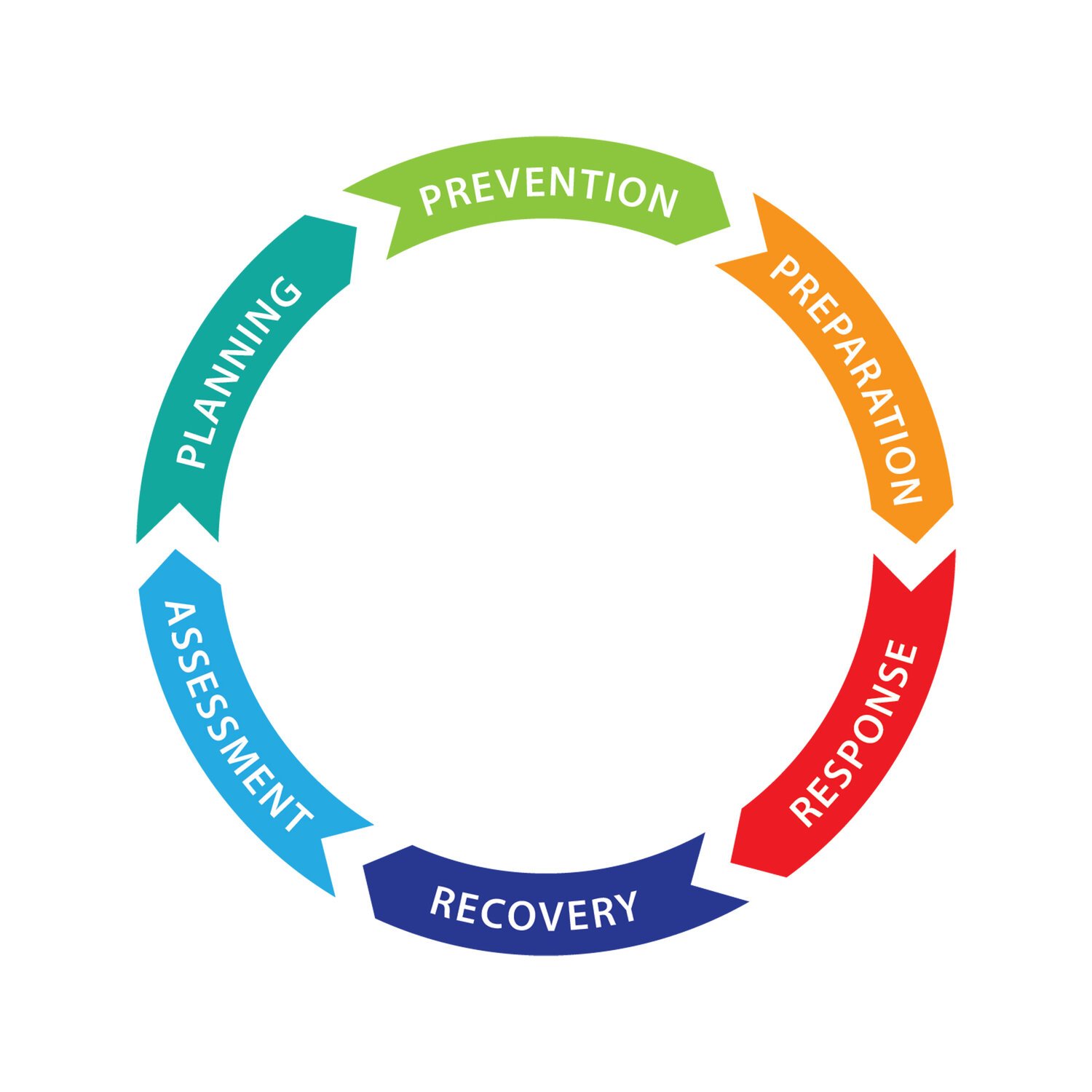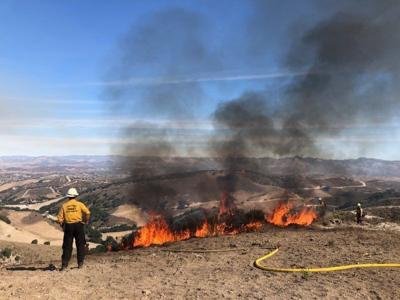
Projects/Regional Priority Plan
Project Areas
The projects below constitute Santa Barbara’s Regional Priority Plan for Wildfire Resilience and Ecosystem Health (RPP). The RPP prioritizes actionable projects that mitigate fire risk, build community capacity and increase wildfire and climate resilience. The plan was initiated in 2020 through a highly collaborative process that resulted in the identification, prioritization and categorization of wildfire risk mitigation projects for the region of Santa Barbara County. A living plan, the RPP continues to be updated as its projects are implemented and completed and as new project priorities are identified, characterized and prioritized.
The categories below are one way of sorting projects, however some projects may fall into multiple categories. To view projects in each focus area, click on the links above.

Working together we can reduce wildfire risk, improve wildfire preparedness, improve biodiversity and advance the creation of a fire-adapted community. This challenge is complex. It calls for all of us and it requires addressing it from different angles. Many projects necessitate collaboration and participation across sectors.
All Projects
{sync=/all-projects/tag/New} NEW! Recently Submitted
-
![]()
Dream it.
-
![]()
Build it.
-
![]()
Grow it.
-
![]()
Sell it.
-
New List Item
-
New List Item
-
New List Item
-
New List Item
-
New List Item
-
New List Item
-
New List Item
-
New List Item
-
New List Item
{sync=/all-projects/tag/In+Progress} In Progress
-
![]()
Dream it.
-
![]()
Build it.
-
![]()
Grow it.
-
![]()
Sell it.
-
New List Item
-
New List Item
-
New List Item
-
New List Item
-
New List Item
-
New List Item
-
New List Item
-
New List Item
-
New List Item
-
New List Item
-
New List Item
-
New List Item
-
New List Item
-
New List Item
-
New List Item
{sync=/all-projects/tag/Partially+Funded%2FUnderway} Partially Funded/Partially Underway
-
![]()
Dream it.
-
![]()
Build it.
-
![]()
Grow it.
-
New List Item
-
New List Item
-
New List Item
-
New List Item
-
New List Item
-
New List Item
-
New List Item
-
New List Item
-
New List Item
-
New List Item
{sync=/all-projects/tag/Recommended} Recommended
-
![]()
Dream it.
-
![]()
Build it.
-
![]()
Grow it.
-
![]()
Sell it.
-
New List Item
-
New List Item
-
New List Item
-
New List Item
-
New List Item
-
New List Item
-
New List Item
-
New List Item
-
New List Item
-
New List Item
-
New List Item
-
New List Item
-
New List Item
-
New List Item
-
New List Item
-
New List Item
-
New List Item
-
New List Item
-
New List Item
-
New List Item
-
New List Item
-
New List Item
-
New List Item
-
New List Item
-
New List Item
-
New List Item
{sync=/all-projects/tag/Completed} Completed
-
![]()
Dream it.
-
![]()
Build it.
-
![]()
Grow it.
-
![]()
Sell it.
-
New List Item
-
New List Item
-
New List Item
-
New List Item
-
New List Item
-
New List Item
Project Search
There are a number of efforts occurring across large landscapes in North Santa Barbara County that could be synergized and woven together for increased impact and holistic wildfire risk reduction and habitat improvement, resulting in increased impact.
Activities will include capacity building, partnership development, and coordination to advance and integrate strategies for fire resilience and align and advance priorities with those of the adjacent communities.
This project is leveraged by previous funding provided by the, National Fish and Wildlife Foundation, and next steps for the Santa Barbara County application of the RWMP (Regional Wildfire Mitigation Program) includes to to more thoroughly flush out this unique regional wildfire mitigation program so it is more easily adaptable and sustainable in both Santa Barbara County, as well as other counties in California and beyond. The intent of the RWMP is for a single organization to head the program at a county-wide scale. Moore Foundation WRI funds would allow the Santa Barbara County Fire Safe Council (SBCFSC) to lead all 3 domains, expand the framework to the entire County, explore the adaptive management feedback loop of the RWMP framework, and continue to improve on the process to better inform future RWMPs.
This project opportunity matrix and the RPP site are valuable community assets, but the information herein represents a snapshot of needs at this point in time and is not exhaustive. Building wildfire resilience in Santa Barbara County needs to be an ongoing proactive process. As identified projects are implemented, new needs and opportunities will emerge on an ongoing basis and need to be added to the Opportunity Matrix. The RPP team recommends a focused effort to create a Collaborative Resourcing Team that includes representatives from multiple agencies, nonprofits and funders to further develop these key pieces of our resilience system and then to maintain and put them to use.
The Parks and Recreation Department and Fire Department have partnered to improve the community’s fire resilience and reduce the risk and severity of wildfires. The collaboration balances the expertise of both teams to manage vegetation while protecting the natural ecosystems within the city’s open space parks. This work is a critical component of Santa Barbara’s Community Wildfire Protection Plan.
Parma Park is a City of Santa Barbara owned 200-acre open space park located within the extreme foothill zone of the high fire hazard area. The park is composed of twelve different vegetation communities. The native bigpod ceanothus chaparral community makes up a majority of the park space, followed by the coast live oak woodland and forest community.
Honda Valley Park is a City of Santa Barbara owned 48-acre open space park located within the coastal interior zone of the high fire hazard area. The park has diverse, dense vegetation along steep slopes and within canyons, as well as a heavy understory of invasive plants and thatch.
LAFCO is seeking to develop a regional strategy for growth in the County through a planning effort with partners and cities.
Girls Inc. of Carpinteria provides year-round programming for girls and their families at its facility which includes classrooms, a STEM lab, library, conference room, gymnasium, kitchen, offices and outdoor spaces. Girls Inc. recently opened a 24/7 community food pantry, a clothing closet for women and girls and now offers mental health services.
Resilience Hubs are a central component of ensuring that our community has the critical resources, security, and information it needs during disasters to weather and recover from even the greatest adversity.
Blue Sky provides cultural activities and economic development opportunities to the community in addition to mobilizing resources during COVID and other emergencies.
Create a regularly occurring opportunity for cross sector sharing learnings and collaborating on potential policy, actions and projects.
Develop and pilot a replicable process and framework for developing wildfire resilience plans for housing developments in high fire risk areas.
Create and implement an education program to build youth resilience to climate change induced crises. This project builds local capacity to quickly respond to wildfire and other disasters in a coordinated and responsive way.
Often the biggest challenge to habitat restoration and fuel mitigation is labor capacity. The Ecological Restoration Volunteers project would train volunteers and implement restoration projects such as invasive species mitigation and restoring and monitoring habitat.
Establish a fund for ecological and neighborhood community recovery and restoration.
Create a fund to study ecological/ecosystem recovery processes. Studies would include, at a minimum, a baseline biological assessment after every disaster, to identify sensitive natural communities, threats (i.e. invasive species vectors/vulnerabilities) and priorities for mitigation/restoration.
Implement a planning process to identify public infrastructure that may be damaged and need replacement post-fire/disaster. The purpose of the planning process would be to anticipate infrastructure loss and plan to rebuild in a way that increases both community and infrastructure resilience to future disasters. Build back better.
Build County wide capacity to cover all components of the resilience cycle: a) prevention, b) community preparedness, c) community organizing, d) short term relief, e) long term relief f) recovery and g) rebuilding and planning, in a way that reduces vulnerability. Identify and implement the best practices for resilience cycle action, understanding that we need to always be preparing for the next disaster.
Burn Plan for intentional fires is a bottle neck in Santa Barbara County. There is a need for professionals who can write burn plans overall and a need for burn plan preparers who have an indigenous perspective…
The Santa Barbara County Regional Climate Collaborative (Collaborative) has selected three sites to pilot as a part of the Resilience Hubs program. A resilience hub is a community-serving facility that can coordinate resource distribution and services before, during and/or after a natural hazard event.
Develop a replicable framework for creating a fire-safe landscape with healthy ecological function in post-fire recovery areas …
Establish a partnership in Lompoc for resilience related projects and begin building partner capacity to plan, coordinate …
Host a series of convenings or summits to develop a framework for a community supported grazing program.
Implement a Prescribed Fire Training Exchange (TREX) and cooperative burns to provide experiential training that builds robust local capacity for…
Citizens and community leaders alike struggle to find timely, relevant and validated data during times of crisis. Despite the best efforts of agencies to coordinate communications to meet this need…
The Cachuma Resource Conservation District (CRCD) plays a critical role in our community as a partner to and bridge between farmers, ranchers and other landowners and conservation groups and agencies focused on the health of our land, water, soil, wildlife, agriculture and food systems.
Amped Solutions, Inc. is partnering with Mission Driven Finance (MDF) to develop and finance the installation of a portfolio of commercial scale power storage systems for Santa Barbara …
In June of 2021, the Land Trust of Santa Barbara received a grant of $23,588 from the Coastal Conservancy for a targeted prescribed grazing project at the Arroyo Hondo Preserve, a project that the RPP team had identified through their outreach efforts to the Land Trust and helped facilitate funding for.
The Fire Wise Project is a collaborative effort among multiple agencies and institutions in the Santa Barbara area, including UCSB, Westmont College, and the SB Botanic Garden.
There are many people, organizations and agencies working in the fire readiness and climate resilience fields here in Santa Barbara County, but even professionals dedicated to wildfire prevention in the county are not necessarily aware of and connected to everyone else doing this work.

